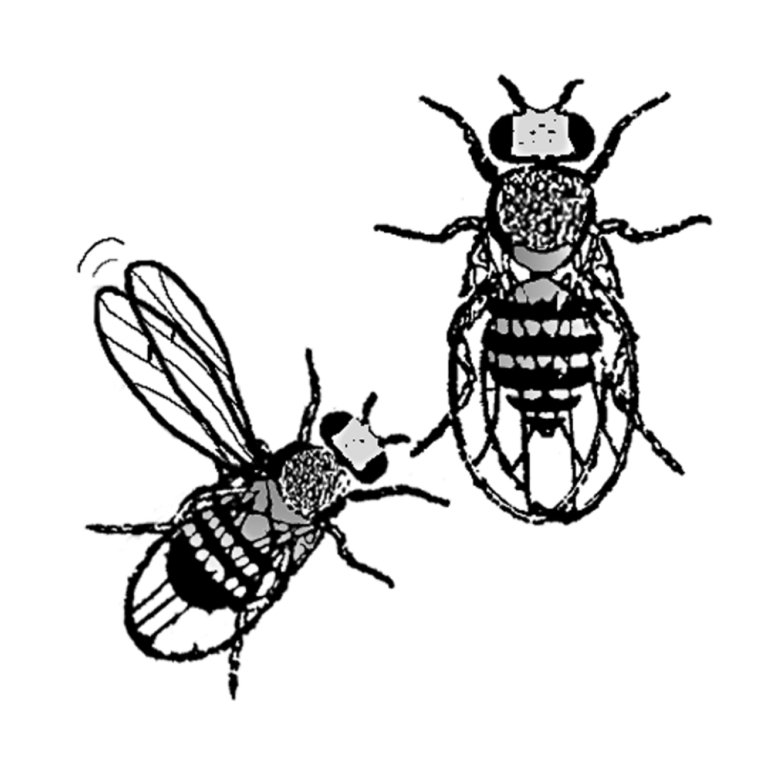
Introduction
Perhaps one of the most difficult fields of biology to study is ethology, the study of animal behavior. Observation of a behavior is simple; interpreting what has been observed requires more effort; therefore, more than any other division of research in biology, ethology calls for patience, objectivity, and imagination.
In every ecosystem, organisms are influenced by limiting factors—biotic or abiotic factors which regulate the maximum size of a given population—and a relatively narrow range of environmental conditions which are favorable to them and their offspring. Since most organisms cannot change the nature of their environment, they must position themselves in an environment with favorable conditions. This behavior is called habitat selection.
Many organisms exhibit a tactic response to these environmental factors. Tactic responses may be positive, toward a favorable environment, or negative, away from an unfavorable environment. These tactic responses enable an organism to locate prey, avoid predation, seek shelter, or avoid a toxic environment—all vital to habitat selection.
Objectives
In this experiment, you will
- Observe and note general behavior characteristics of pillbugs.
- Hypothesize as to whether pillbugs have adapted to perceive and react to certain environmental changes.
- Design an experiment to determine how pillbugs respond to environmental changes.
- Examine similarities and differences between male and female Drosophila.
- Observe courtship and mating rituals between male and female Drosophila as an example of a strict behavioral pattern.
- Hypothesize as to whether fruit flies respond to certain environmental changes.
Ready to Experiment?
Ask an Expert
Get answers to your questions about how to teach this experiment with our support team.
- Call toll-free: 888-837-6437
- Chat with Us
- Email support@vernier.com
